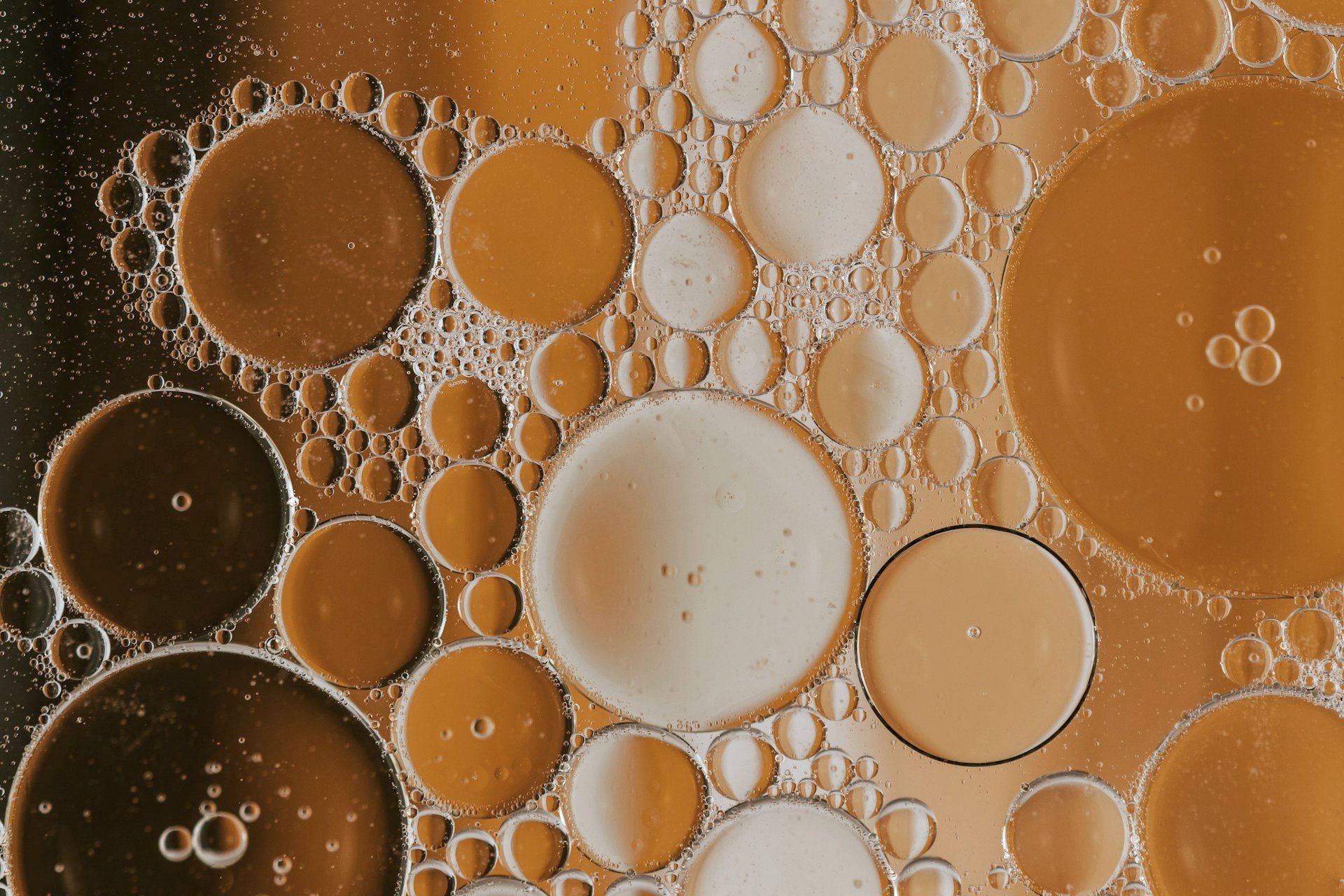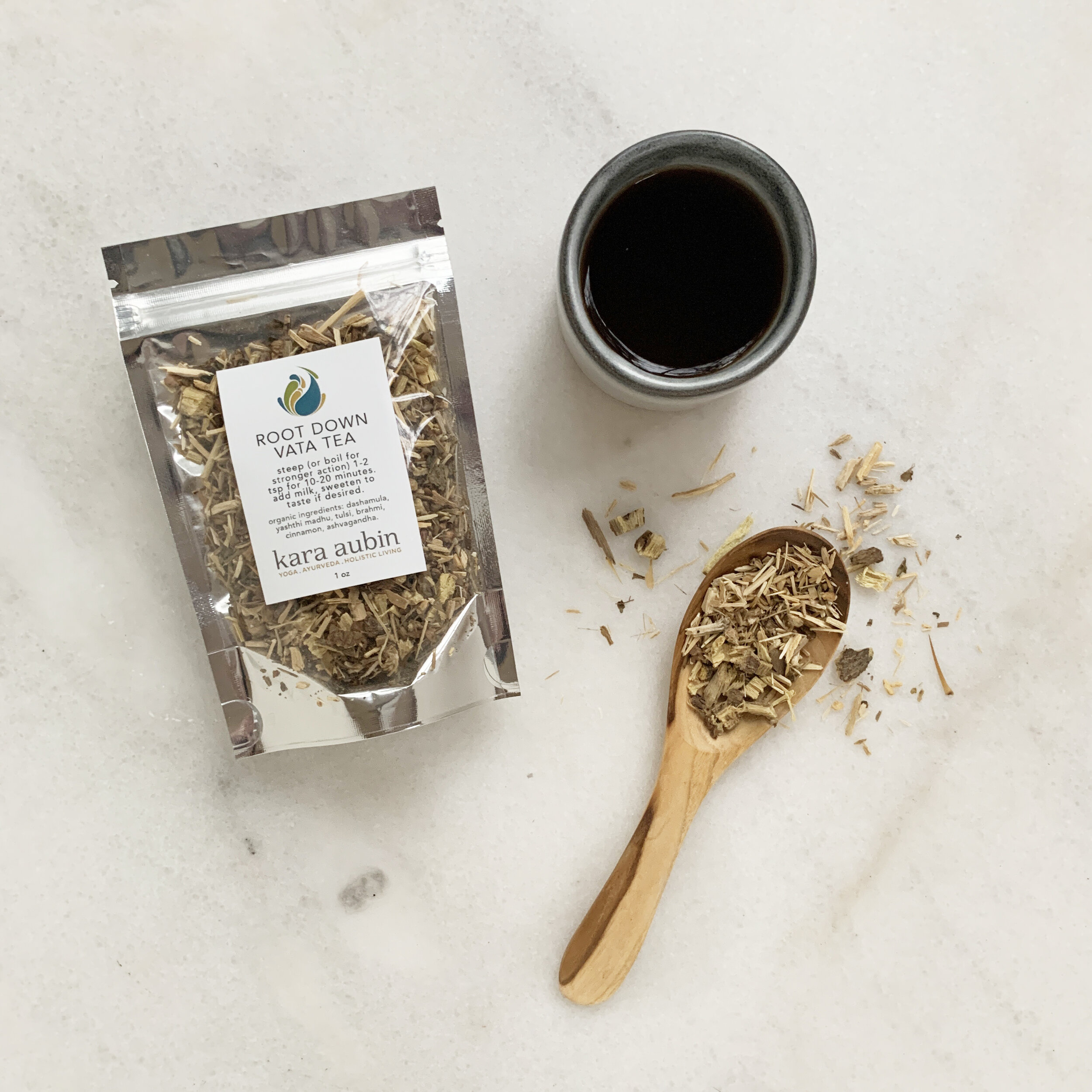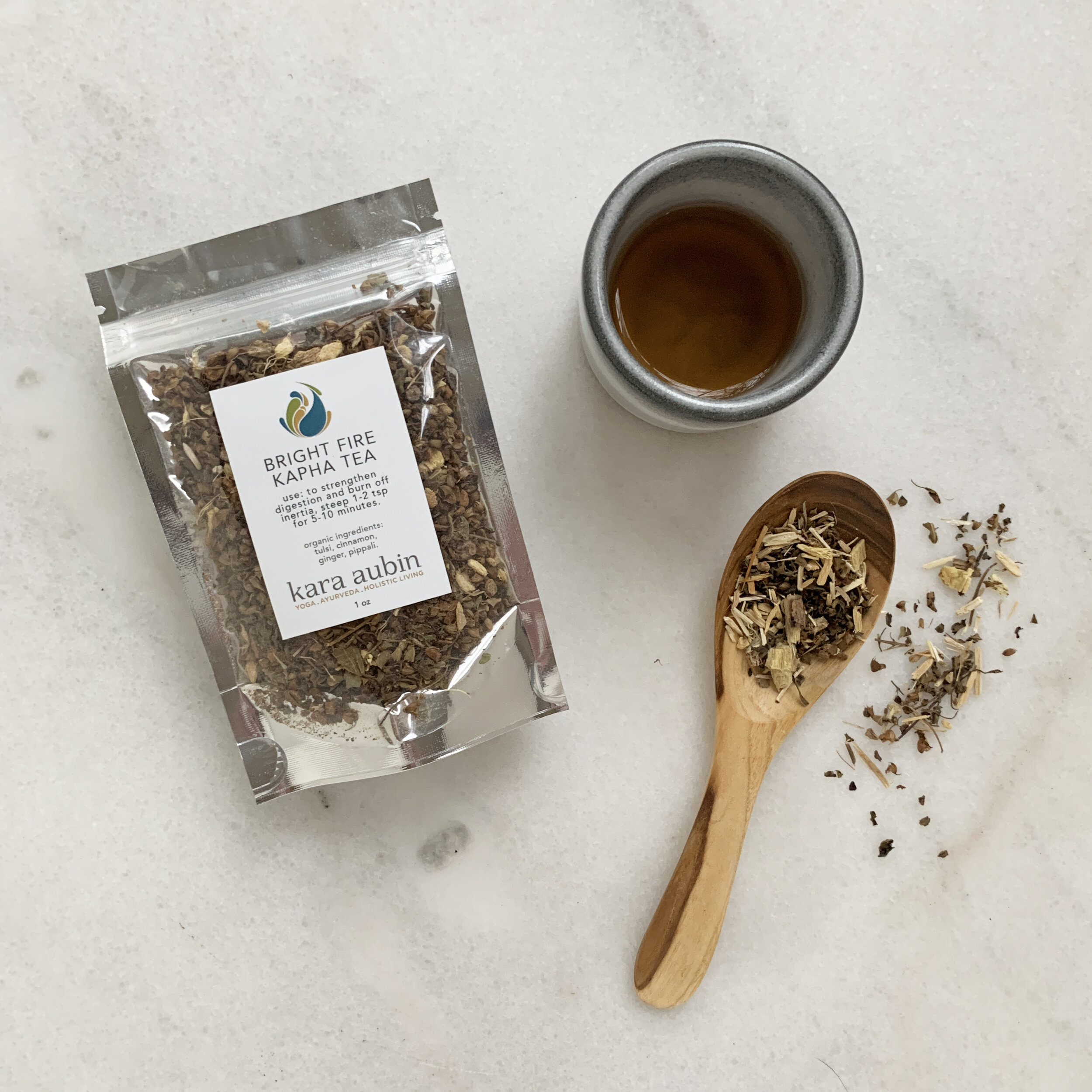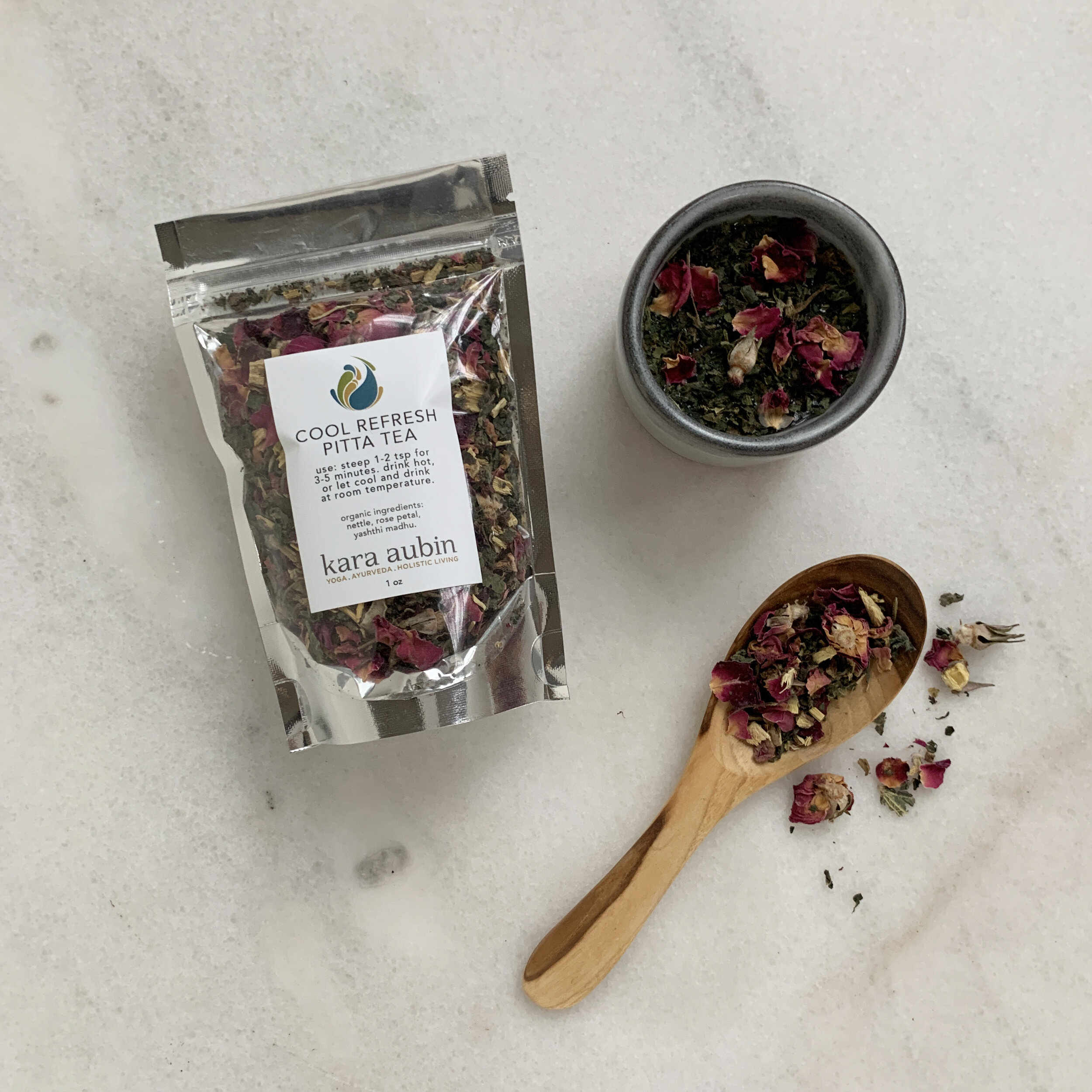understanding the dhatus: meda dhatu
“the doshas (energy principles), dhatus (tissues), and malas (wastes) are always the roots of the body.”
what is meda dhatu ?
Ayurveda identifies seven tissues, or dhatus, that comprise the substratum of the functional systems of the body. When we understand the form and function of these tissues we will understand what imbalances can arise in them, and how to best care for these tissues.
Meda Dhatu, the fourth of the seven, is a tissue that is formed as a semi-solid form of Rasa Dhatu. We find overlap between Meda Dhatu and adipose (fat) tissue in the western anatomical model. Ayurveda names Medas’ qualities as unctuous, smooth, heavy, dense, soft, and yellow.
Medas’ primary function in the body is snehanam; providing unctuousness and lubrication. It gives firmness and strength, is a precursor to sweat, ensures cellular integrity, and provides precursors to the next tissue, Asthi Dhatu (bone).
what do imbalances of medas look like?
Each tissue can be produced in excess, or be deficient in each individual organism. A set of symptoms arises from each imbalance.
Where a body has excessive Meda Dhatu, which is Kapha-genic in nature, we will experience a set of (mostly) Kapha-like symptoms:
heaviness, obesity
high cholesterol, high blood pressure, and metabolic disorders like diabetes
excessive exhaustion, inability to withstand exercise (of the Kapha-type)
stiffness, piercing pain
excessive sweat, thirst, and hunger
dryness of the mouth, palatte, and throat
cough
drowsiness, increased desire to sleep
burning hands and feet
This excess of Medo Dhatu will be caused by Kapha increasing inputs, which we’ll explore more deeply below.
Conversely we can have too little of the energy stores and buffer of Medas. This creates symptoms like:
physical emaciation
weakness, laxness, or cracking/popping of joints
dry, rough, cracked skin
fatigue, weakness, tiredness (of the Vata type)
flat abdomen
craving for fatty meat
what imbalances meda dhatu?
As Medas is so closely related to Kapha dosha we’ll see Kapha aggravating food and activities as a primary cause for Medas imbalances. Causes like:
consuming heavy, unctuous foods
over eating
day sleeping
lack of exercise
excessive intake of alcohol
how to support medas?
While they symptoms of Medas imbalance are troublesome themselves, its also important to remember that they are the precursors for more advanced disease processes. So, we want to recognize them as they arise, and turn to our Ayurvedic practices to properly nourish and balance each tissue.
Medas, being a Kapha-genic tissue, will often benefit from Kapha pacifying practices. To reduce Meda Dhatu you can:
favor pungent, bitter, and astringent tastes
kindle Agni
favor dense foods that aren’t overly tissue building (lentils, millet, squashes, fibrous vegetable, etc)
daily sunlight , fresh air, and movement
adequate, regular exercise
If you need to build the health of Meda Dhatu, you can use these specific practices:
incorporate food predominant in (Ayurvedic) sweet taste
sweet root vegetables
sweet, dried fruits
meat, especially fattier or dark meats
jaggery and molasses
heavier, unctuous foods
meats and dairy (ideally cooked and eaten warm)
regular use of adequate dietary lipids like ghee
why it matters?
Healthy Medas and its inverse relationship with Vata will have a direct effect on how we age. Its unctuous, heavy nature counters the dry, light qualities of Vata. It also nourishes bone tissue, and thus impacts osteopenia/porosis.
We want to build and maintain healthy Meda Dhatu, AND not have an excess of this dhatu to create congestion, stagnation, and growths. It’s a balancing act.
Pick a few Medas pacifying practices from above (whether you need to build or reduce), and see what you notice after a month or so of implementation.
In the coming months we will be exploring each of the remaining dhatus:
Asthi (bone tissue)
Majja (nerve tissue)
Shukra/Artava (reproductive tissue)
We will dive deep into best practices for supporting and nourishing each of them. Up next, Asthi dhatu.
Oh, and if you missed any of our previous posts in this series I encourage you to dive in and read up on each: Rasa Dhatu, Rakta Dhatu, and Mamasa Dhatu.
related products
related posts
loved what you learned? feeling inspired? share this article with someone who would benefit!
you can also share via the social icons below.

















